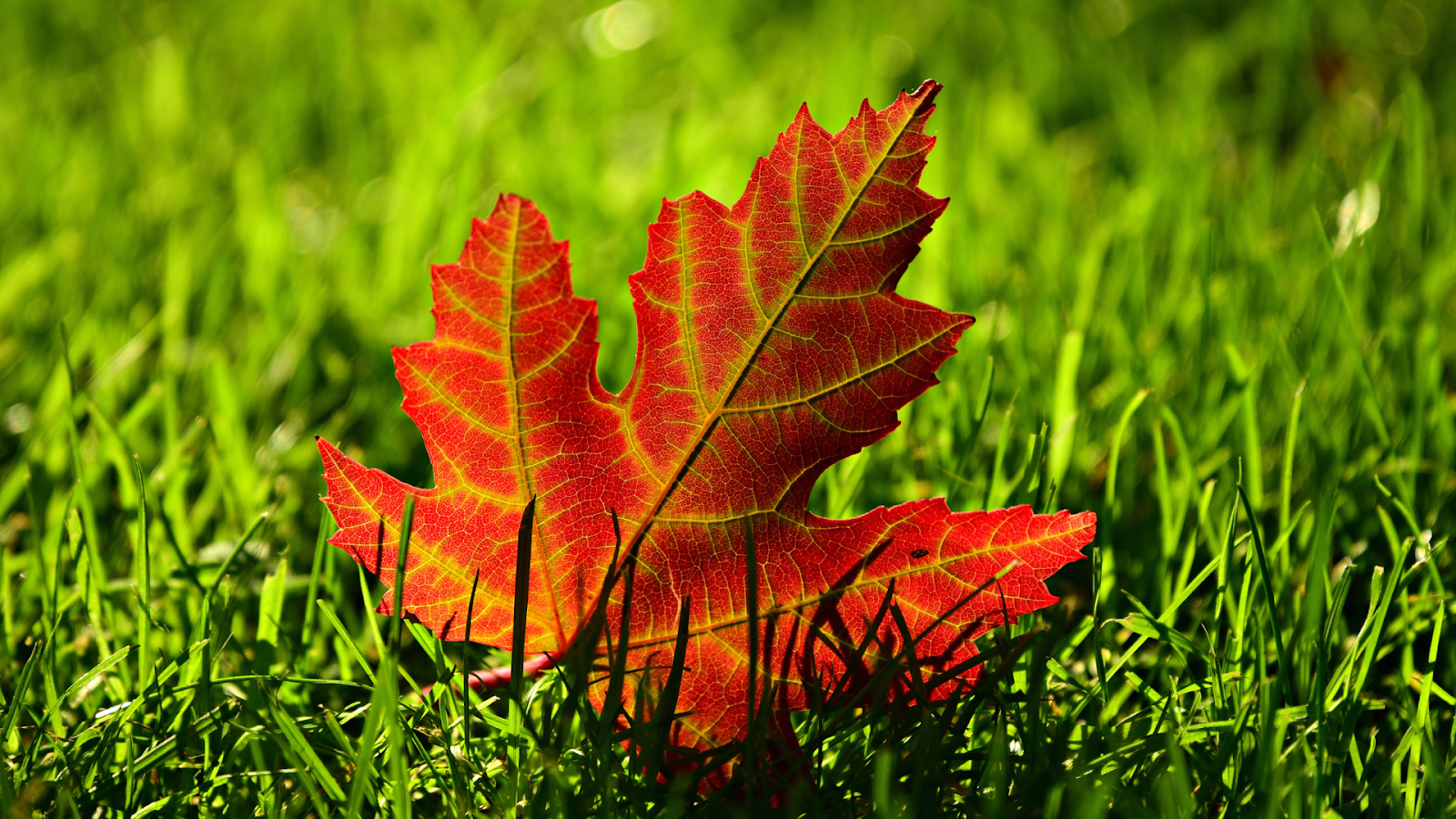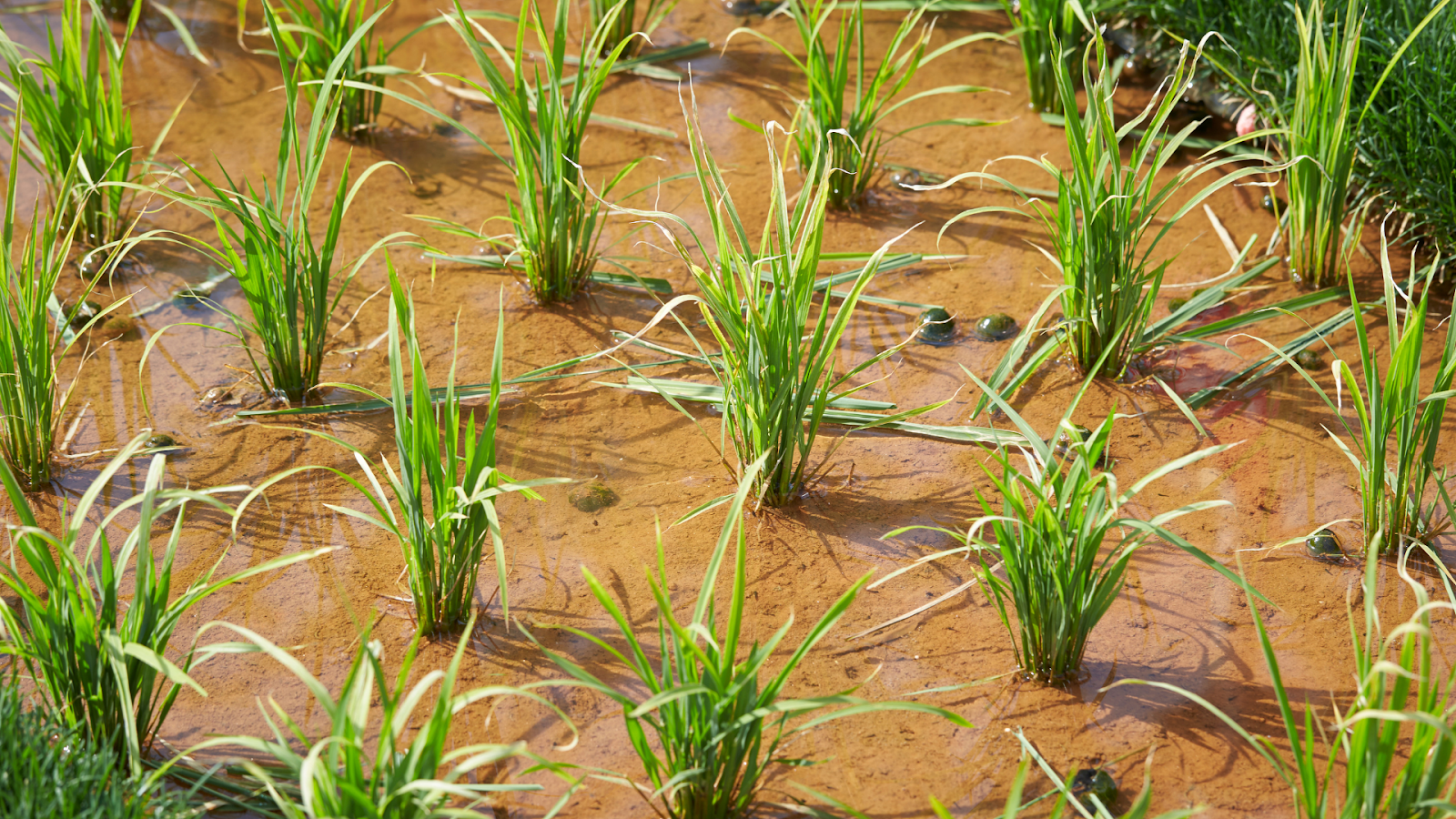Fall is the best time to plant grass if you want a thicker, greener lawn by spring, especially for cool-season grasses like tall fescue and Kentucky bluegrass. But there’s a catch: when you plant matters just as much as how.
If you miss the ideal window, your seed might not take root before winter hits. We get it, figuring out the right timing can feel like guesswork, especially with unpredictable weather.
That’s why this guide walks you through everything you need to know: the best time to plant grass in the fall, how to prepare your lawn, which seed to choose, and what to do if you’re running behind.
For cool-season lawns, timing is everything. The best time to plant grass in the fall is 6 to 8 weeks before your area’s first expected frost. This gives new grass enough time to germinate and develop strong roots before the cold sets in.
If you’re in Buffalo, Amherst, or Cheektowaga, aim to seed your lawn between:
Why this matters:
Use a soil thermometer or check local frost calendars to time it right for your region. The right timing creates a strong start. Just as important is why fall gives your lawn the best chance to grow.

Fall gives grass seed the perfect balance of conditions to take root and grow strong. While the air begins to cool, the soil stays warm enough to support steady germination. This combination encourages healthy root development without the stress of summer heat.
What makes fall so effective?
With less pressure from extreme heat or fast-growing weeds, your lawn has a quiet window to grow in peace. These conditions provide new grass with the space, moisture, and energy it needs to establish itself before winter.
However, to get the most from this growing window, it’s essential to choose the right type of grass for your yard.

Choosing the right grass is just as important as planting it at the right time. Cool-season varieties respond well to fall’s mild temperatures and set deep roots before winter arrives.
These grasses are well-adapted to Western New York’s climate and fall conditions.
Each one brings unique strengths, depending on your lawn’s needs.
After selecting the correct type of grass, it’s essential to choose a seed blend that suits your yard’s specific conditions. Keep the following pointers in mind:
Cool-season grasses do most of their root-building work in the fall, which makes this your best shot at a thicker, healthier lawn by spring. Now, to help that seed settle in and take hold, proper soil preparation is key.

A successful lawn starts with a strong foundation. Preparing your yard before seeding ensures your grass seed can take root, absorb nutrients, and grow evenly across the surface.
Before you start planting, take the time to prepare the area. These steps will help create the right environment for healthy germination and early root development.
Remove anything that can block seeds from reaching the soil.
This step helps prevent patchy germination and allows seedlings to spread out.
Lower your mower blade and cut the existing grass to a height of about 1.5 to 2 inches. This makes it easier for the new seed to reach the soil and receive sunlight.
Shorter grass reduces shading, giving seedlings a better chance to establish.
If your lawn feels hard underfoot or water tends to pool after rain, it’s likely compacted. Use a core aerator to remove small plugs of soil across the lawn.
Focus on high-traffic areas, slopes, and patches that have historically struggled.
New grass benefits from the proper nutrients at the start. Use a starter fertilizer rich in phosphorus, which supports root growth during the early stages of plant development.
A good starter fertilizer gives your seed a nutritional head start.
Understanding your soil’s pH and nutrient levels makes a big difference. Home soil testing kits are inexpensive and can guide smarter lawn decisions.
Testing eliminates any scope for doubt and sets your lawn up for better long-term results. Taking the time to prep your lawn properly makes a big difference in how well your seed performs. Now that the groundwork is ready, let’s move on to planting the seed itself.

Once your lawn is prepped, it’s time to plant. Fall gives you the right conditions—now it's about making sure the seed is spread, settled, and cared for properly in those critical first few weeks.
Follow these steps to ensure even coverage and strong germination:
Use a drop or broadcast spreader for consistent distribution. Follow the recommended seeding rate on the package—applying too much can lead to overcrowding and weak growth.
Use a leaf rake or garden rake to work the seed into the top quarter-inch of soil gently. You’re not burying the seed, just helping it settle in with better soil contact.
A light covering helps hold moisture and protect against wind or birds.
Water the area right after seeding to moisten the soil without washing the seed away.
Different grass types sprout at different rates, but most fall seed mixes germinate in 7 to 21 days.
Providing seed with a stable environment early on is crucial. Once it sprouts, how you water and mow will influence how well it fills in. Let’s review the steps to take after planting to keep growth on track.

The care you give after seeding plays a massive role in how well your lawn fills in. New grass is fragile at first, but with steady, low-stress maintenance, it will begin to establish strong roots and healthy blades.
Once the seed is in the ground, shift your focus to maintaining stable conditions while avoiding common mistakes that can slow growth or cause damage.
These small steps protect your investment and give your grass the best chance to mature. If the season is slipping away and you didn’t get to seed in time, there’s still one more approach that can help.
You can create a lawn that will flourish well into the following season by planting at the ideal time, selecting the perfect type of grass, and taking the required post-planting care. Understanding the right grass type for your region and maintaining it with the right techniques ensures long-term growth and resilience.
Percy's Lawn Service can help if you're confused about the details, like when to plant, maintain, or care for your lawn. Since 1999, we have offered home owners from Buffalo, Amherst, and Cheektowaga a lawn they can take pride in.
We provide professional guidance and services tailored to meet your needs, making your yard a haven for the whole family.
To arrange a consultation and begin your path to the lawn of your dreams, give us a call or stop by our website right now!
1. Why is fall the best time to plant grass seed?
Fall combines warm soil, milder air, and fewer weeds—ideal for root development and seed survival.
2. Can I still seed into October (late fall)?
Yes, seeding until mid-October can work, although cooler temperatures slow germination; ensure solid soil contact and consistent moisture.
3. What is the ideal soil temperature for seed germination?
Keep the soil between 50°F and 65°F. This range supports quick germination and strong root growth.
4. Is dormant seeding worthwhile if I've missed the fall planting season?
Yes. Spreading seeds in late fall (after soil temperatures drop but before snow) allows seeds to sprout in spring with less competition.
5. How often should I water new seed?
Initially, water the topsoil lightly once or twice daily to keep it moist. After 10–14 days, water less frequently but more deeply to strengthen roots.
Can I overseed instead of planting fresh?
Overseeding older or thin lawns in fall thickens the turf, enhances its resilience, and encourages disease resistance.